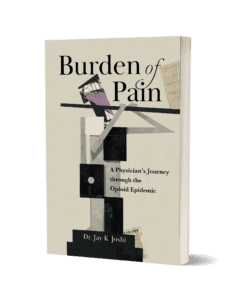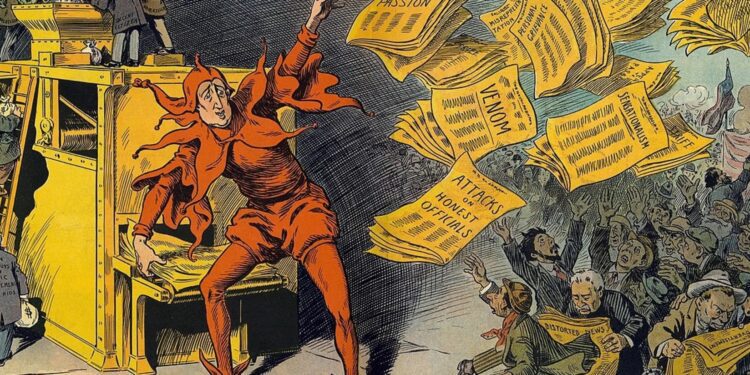Glide your hand over a piece of velvet and you notice the smoothness. You feel its aggregated smoothness, not the individualized roughness of each fiber. Each fleeting fiber, a prick of truth, is nullified, synthesized, and then magnified into the silky fluency of general perception—propaganda containing within it a concoction of ambiguities and assumptions, cooked with a splash of outright lies and a dash of truth. This is to ensure the intrigue rises to a level that is just right, just unbelievably believable. I experienced this dish, served in all its varieties with all the flair and pomp, until I could eat no more. And then the dish forced its way down my throat, revealing an unsettling truth about the intricacies of healthcare policy, healthcare system management, modern medicine, and innovations in healthcare, all entangled within the fabric of societal perception and mental health concerns.
The Courthouse: A Symbol of Healthcare Policy Contradictions
My first taste came during my last days of seeing patients. On a Friday, I received a call that indicated I was to be indicted. I had to first search the term to verify its definition, and even then, I did not grasp its immense implications. I was not yet able to process that I was being accused of a crime. I continued seeing patients the next day, Saturday—a physician until the very end. I reported to the federal courthouse in Hammond, Indiana, on Monday.
The courthouse is a truly impressive building in an otherwise dilapidated neighborhood. I suppose there is symbolism in that contrast, but I was too consumed with my own symbolism to pay that contrast any mind. The legal proceedings were brief, surprisingly polite, and more ceremonial than judicial, with none of the fanfare one might expect in what was—or perceived to be, at least—a high-profile criminal case. That soon contrasted with the virulent propaganda in which I was immersed—article by article, drop by drop.
The Flood of Misinformation and Its Impact on Healthcare Policy
The first news article, a harmless drop in an otherwise empty bucket, made its presence known through a transient splash…followed by a moment of silence. And the moment was over, disrupted by another drop and then a rapid series of drops, until they were no longer drops, but a stream. A rumbling, noisy stream of news and hearsay overflowed from the bucket, spreading out with accelerating aggression to permeate the minds of readers, gossips, and rumormongers. Then the stream turned into a flood, a deluge of destruction, ensuring its presence was felt and its impact known.
Falsified Claims and the Top Prescriber in Healthcare Policy Debacle
News reports claimed I gave pills to relatives and acquaintances of federal agents and coordinated a multistate drug operation. Those who followed the flood as closely as I floated in it likely learned what was written about me at the same time I did. We learned I was the top prescriber of opioids in the area I practiced, and one of the top opioid prescribers in the state of Indiana. We even heard I was impersonating another physician.
Navigating Healthcare Policy and Media Sensationalism
The articles grew to be so numerous they competed for attention with one another. The crafting of each article became a coordinated dance, a bid for attention between reader and writer. These writers used scandal to attract readers, twisting key facts, deliberately introducing ambiguities to create an air of suspense in an evolutionary process of journalistic adaptation—attention being the competitive prize.
Adaptation and the Evolution of Healthcare Policy Reporting
The outright dishonest articles soon went extinct, leaving articles more successfully fit—in the most Darwinian sense—for navigating the ever-blurring distinction between truth and fabrication. Each article’s competitive advantage came from the selective use of sensationalistic terms or buzzwords and phrases appearing regularly as to warrant the familiarity of trust but unique enough to captivate with the thrill of novelty.
Perception, Reaction, and the Dance of Healthcare Policy Reporting
Soon the words danced from article to article, displaying different styles and techniques, sometimes subtle, sometimes crude. The dance became as enticing to the reader as the underlying content. In such a dance, some readers create their own perceptions as much as they respond to what they read. The coordination of perception and reaction continued, increasing in fervor, inside the minds of my colleagues, friends, and family—manifesting the most acute responses with utmost subtlety.

















Have you ever thought about adding a little bit more than just your thoughts? I mean, what you say is important and everything. But its got no punch, no pop! Maybe if you added a pic or two, a video? You could have such a more powerful blog if you let people SEE what youre talking about instead of just reading it.